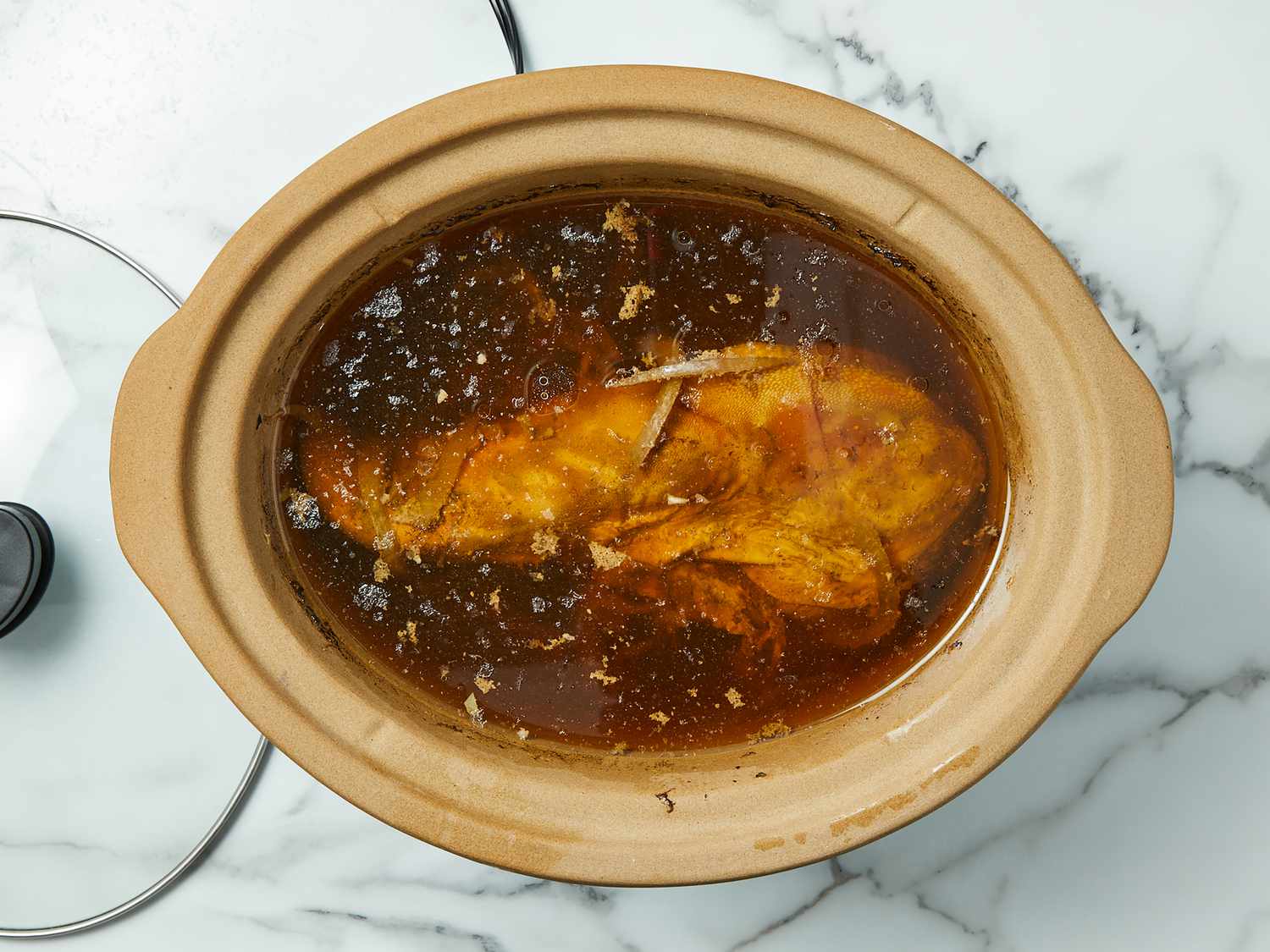

Articles
How To Cook Lingua In Electric Skillet
Modified: October 19, 2024
Looking for articles on how to cook lingua in an electric skillet? Discover the best tips and techniques to prepare this delicious dish.
(Many of the links in this article redirect to a specific reviewed product. Your purchase of these products through affiliate links helps to generate commission for Storables.com, at no extra cost. Learn more)
Introduction
Are you ready to embark on a culinary adventure and cook a delicious and tender lingua in an electric skillet? Look no further, as this article will guide you through the process, from choosing the right lingua to cleaning up afterwards. Whether you’re a seasoned chef or a beginner in the kitchen, cooking lingua in an electric skillet is a straightforward and convenient method that yields impressive results.
Lingua, also known as beef tongue, is a delicacy enjoyed in many cultures around the world. It is packed with flavor and has a unique texture that can be tender and melt-in-your-mouth when cooked properly. Using an electric skillet for cooking lingua offers several advantages. The precise temperature control and even heat distribution ensure that the lingua cooks evenly and retains its natural juices and tenderness. Plus, the non-stick surface of the electric skillet makes for easy cleanup afterwards.
Before we dive into the cooking process, let’s explore how to choose the right lingua. When selecting your lingua, it’s crucial to source it from a reputable butcher or grocery store. Look for lingua that is fresh, with a slightly pink color and a smooth texture. Avoid any lingua that has a strong odor or is discolored. Opting for organic or grass-fed lingua can also enhance the flavor and quality of the final dish.
Now that we’ve covered the basics, let’s get started on preparing the lingua for cooking in the electric skillet.+
Key Takeaways:
- Elevate your culinary skills by cooking tender and flavorful lingua in an electric skillet. From selecting high-quality lingua to checking for doneness, impress your guests with a delectable and impressive dish.
- Enjoy a satisfying lingua feast and ensure the longevity of your electric skillet by following proper cleaning steps. Master the art of cooking lingua to perfection and savor the rich flavors with every bite.
Read more: How To Cook On Electric Skillet
Choosing the Right Lingua
When it comes to cooking lingua, selecting the right cut is essential to achieve the best results. Here are a few tips to help you choose the perfect lingua for your electric skillet cooking:
- Quality Sourcing: Purchase your lingua from a trusted butcher or grocery store, ensuring that it is fresh and of high quality. Look for lingua that is well-trimmed, smooth in texture, and has a slightly pink color.
- Size Matters: Consider the size of the lingua based on your needs. Smaller lingua are usually more tender, while larger ones may take longer to cook but can yield larger portions.
- Organic or Grass-Fed: If possible, opt for organic or grass-fed lingua. These types of lingua are typically free from hormones and antibiotics, resulting in a more flavorful and sustainable choice.
- Inspect the Lingua: Examine the lingua for any signs of spoilage or damage. Avoid lingua that has an off-putting odor, discoloration, or excessive fat. Fresh lingua should have a slightly sweet aroma and a clean appearance.
Remember, choosing high-quality lingua sets the foundation for a delicious and satisfying final dish. Now that you’ve selected the perfect lingua, let’s move on to preparing it for cooking in the electric skillet.
Preparing the Lingua
Before you start cooking the lingua in your electric skillet, it’s important to prepare it properly to ensure optimal taste and texture. Follow these steps to prepare the lingua before cooking:
- Thawing: If your lingua is frozen, thaw it in the refrigerator overnight. This gradual thawing method helps preserve the quality of the lingua and prevents any undesirable texture changes.
- Peeling the Skin: Lingua typically has a tough outer skin that needs to be removed before cooking. To peel the skin, bring a pot of water to a boil and blanch the lingua for 2-3 minutes. Remove it from the boiling water and transfer it to an ice bath to cool. Once cooled, use a sharp knife to gently remove the skin from the lingua.
- Trimming Excess Fat: While lingua can have a rich and succulent texture, it also tends to have a layer of fat. Trim any excess fat from the lingua using a sharp knife. This step helps prevent the meat from becoming too greasy during cooking.
- Rinsing and Patting Dry: Rinse the lingua under cold running water to remove any residue or impurities. After rinsing, pat the lingua dry with paper towels to ensure that it is moisture-free.
By properly preparing the lingua, you are setting the stage for a flavorful and tender dish. Now that the lingua is ready, let’s move on to the next step: preheating the electric skillet.
Preheating the Electric Skillet
Before we start cooking the lingua, it’s important to preheat the electric skillet. This step ensures that the skillet reaches the desired cooking temperature and promotes even heat distribution. Here’s how to properly preheat your electric skillet:
- Clean the Skillet: Ensure that the electric skillet is clean and free from any residue or particles from previous use. Use a mild dish soap and warm water to clean the skillet and rinse it thoroughly. Dry it with a clean cloth or paper towel.
- Set the Temperature: Depending on the recipe and desired cooking method, set the temperature on the electric skillet accordingly. For cooking lingua, a medium-high heat setting is recommended to achieve a nice sear and caramelization.
- Preheating Time: Allow the electric skillet to preheat for about 5-10 minutes. This gives the skillet ample time to reach the desired cooking temperature and ensures that the lingua cooks evenly.
- Add Oil or Fat: Once the skillet is preheated, add a small amount of oil or fat to the skillet. This helps prevent the lingua from sticking to the surface and adds flavor during the cooking process. Choose a high-heat oil such as vegetable oil, canola oil, or avocado oil.
After preheating the electric skillet, we’re ready to move on to seasoning the lingua and getting it ready for cooking. Proper preheating ensures that the skillet is at the ideal temperature to achieve a deliciously seared and flavorful lingua. Let’s move on to the next step!
Seasoning the Lingua
Now that your electric skillet is preheated and ready for cooking, it’s time to season the lingua. Seasoning enhances the flavor of the meat and adds a delicious aroma that complements the lingua’s natural richness. Here’s how to season the lingua for a mouthwatering result:
- Salt and Pepper: Generously season both sides of the lingua with salt and freshly ground black pepper. The salt helps to enhance the natural flavors of the meat, while the pepper adds a subtle kick of heat.
- Additional Seasonings: Depending on your personal preference and the flavor profile you want to achieve, you can add additional seasonings such as garlic powder, onion powder, paprika, or herbs like thyme or rosemary. These seasonings can enhance the overall taste and provide a delightful aroma.
- Massage the Seasonings: Rub the seasonings into the surface of the lingua, ensuring that the entire piece of meat is evenly coated. This step allows the flavors to penetrate the meat and ensures a consistent flavor throughout.
- Let it Rest: Allow the seasoned lingua to rest at room temperature for about 15-30 minutes. This resting time allows the seasonings to work their magic and helps the meat to absorb the flavors more effectively.
By properly seasoning the lingua, you’ll be able to elevate its natural flavor and create a deliciously seasoned dish. With the lingua seasoned and the electric skillet preheated, it’s time to move on to the next step: cooking the lingua in the electric skillet.
When cooking lingua in an electric skillet, make sure to slice the tongue thinly for even cooking. Sear the slices on high heat to lock in the juices, then reduce the heat and simmer in a flavorful broth until tender.
Read more: How To Cook Pasta In Electric Skillet
Cooking the Lingua in the Electric Skillet
Now that the lingua is seasoned and the electric skillet is preheated, it’s time to cook the lingua to perfection. Follow these steps to ensure a flavorful and tender result:
- Place the Lingua in the Skillet: Gently place the seasoned lingua into the preheated electric skillet. Be careful not to overcrowd the skillet, as this can prevent even cooking. For larger lingua, you may need to cut them into smaller pieces to fit comfortably in the skillet.
- Searing the Lingua: Allow the lingua to sear undisturbed for about 3-4 minutes on each side. This initial searing creates a beautiful crust and locks in the juices, resulting in a tender and flavorful lingua.
- Adjust the Temperature: Once the lingua is seared on both sides, reduce the heat to medium-low or low, depending on your electric skillet’s settings. This lower temperature ensures gentle and even cooking, allowing the lingua to become tender without becoming tough or dry.
- Cover and Cook: Cover the electric skillet with a lid or aluminum foil to trap the heat and retain moisture. Allow the lingua to cook for about 1-2 hours, or until it reaches the desired level of tenderness. Check on the lingua periodically to ensure it is cooking evenly and adjust the heat if necessary.
- Basting and Flipping: Every 30 minutes or so, baste the lingua with its own juices or a flavorful liquid of your choice. This step helps to keep the lingua moist and infuse it with additional flavor. You can also flip the lingua halfway through the cooking process to ensure even cooking and browning on all sides.
As the lingua cooks in the electric skillet, it will become increasingly tender and flavorful. The cooking time may vary depending on the size and thickness of the lingua, so it’s important to check for doneness to ensure it is cooked to your preference.
Now that the lingua is cooking in the electric skillet, let’s move on to the next step: checking for doneness.
Checking for Doneness
Checking for doneness is a crucial step in ensuring that your lingua is cooked to perfection. It’s important to cook the lingua until it reaches the desired level of tenderness without overcooking it. Here are a few methods to check if your lingua is done:
- Temperature: The most accurate way to determine doneness is by using a meat thermometer. Insert the thermometer into the thickest part of the lingua, away from any bones, and check the internal temperature. For medium-rare lingua, the thermometer should read around 130-135°F (54-57°C). For medium, aim for 140-145°F (60-63°C), and for well-done, 160°F (71°C) or above.
- Tenderness: You can also check the lingua’s tenderness by using a fork or tongs to gently poke or press into the meat. If it offers little resistance and feels tender, it is likely cooked to your desired level. However, be cautious not to overcook it, as lingua can become tough if cooked for too long.
- Slicing: Another method is to make a small incision on a thicker part of the lingua and check the color and texture. A properly cooked lingua should be tender, with a slight pinkness in the center. However, if you prefer it more well-done, you can continue cooking until it reaches your desired level.
Once you’ve determined that the lingua is cooked to your liking, it’s time to remove it from the electric skillet and get ready to serve and enjoy a delectable meal.
Now that you know how to check for doneness, let’s move on to the next step: serving and enjoying the lingua.
Serving and Enjoying the Lingua
Now that the lingua is cooked to perfection, it’s time to serve and enjoy this delectable dish. Follow these steps to ensure a memorable dining experience:
- Resting: Once the lingua is cooked, remove it from the electric skillet and let it rest for a few minutes. This allows the juices to redistribute within the meat, resulting in a more flavorful and tender lingua.
- Slicing: Use a sharp knife to slice the lingua against the grain into thin slices. Slicing against the grain helps to break up the muscle fibers and makes the lingua even more tender.
- Plating: Arrange the sliced lingua on a serving platter or individual plates. Add any desired garnishes such as fresh herbs, lemon wedges, or a drizzle of sauce for an extra touch of flavor and visual appeal.
- Serving Accompaniments: Lingua pairs well with a variety of side dishes. Consider serving it with mashed potatoes, roasted vegetables, or a fresh salad. You can also serve it with warm tortillas or crusty bread to make delicious lingua tacos or sandwiches.
- Enjoyment: Now that everything is plated and ready, sit down and savor the flavors of your perfectly cooked lingua. Take your time to enjoy each bite and appreciate the tenderness and richness that makes lingua such a culinary delight.
Whether you’re sharing a meal with family or impressing guests with your culinary skills, serving and enjoying the lingua is a satisfying experience. The tender meat, flavorsome seasoning, and perfectly cooked texture will surely leave everyone wanting more.
Now that you’ve enjoyed your lingua feast, it’s time to tackle the last step: cleaning the electric skillet.
Cleaning the Electric Skillet
After indulging in a delicious lingua meal, it’s important to properly clean your electric skillet to maintain its longevity and ensure it’s ready for future cooking endeavors. Here’s a step-by-step guide on how to clean your electric skillet:
- Cooling Down: Allow the electric skillet to cool down completely before cleaning. This will prevent any accidental burns and make the cleaning process safer and more efficient.
- Disconnecting: Ensure that the electric skillet is disconnected from the power source before cleaning. This is for your safety and to avoid any electrical malfunctions while cleaning.
- Removing Excess Grease: Carefully wipe away any excess grease or food particles from the surface of the skillet using a paper towel or a damp cloth. Be cautious not to burn yourself on the still-warm surface.
- Soaking: If there are stubborn food residues or stuck-on bits, you can fill the skillet with warm soapy water and let it soak for a few minutes. This will help loosen the debris and make it easier to clean.
- Gentle Scrubbing: Use a soft sponge or non-abrasive brush to gently scrub the surface of the electric skillet. Avoid using harsh abrasives or metallic scrubbers, as they can damage the non-stick coating.
- Rinsing: Thoroughly rinse the electric skillet with warm water to remove any soap residue or debris. Ensure that all the cleaning agents are completely rinsed off before drying.
- Drying: After rinsing, pat the electric skillet dry with a clean towel or allow it to air dry completely. Ensure that there is no moisture left before storing it to prevent the formation of rust or damage.
By following these cleaning steps, you’ll keep your electric skillet in great condition and ready for your next cooking adventure. Regular maintenance and proper cleaning are key to preserving the skillet’s performance and extending its lifespan.
Now that you’ve cleaned your electric skillet, you can proudly store it until your next culinary endeavor. Congratulations on successfully cooking and cleaning your lingua in the electric skillet!
Read more: What Is An Electric Skillet
Conclusion
Cooking lingua in an electric skillet is a wonderful way to create a flavorful and tender dish. From choosing the right lingua to cleaning up afterwards, every step in the process contributes to the success of the final result. By following the steps outlined in this article, you can confidently cook lingua in your electric skillet and impress your family and friends with a delicious meal.
Remember to start by selecting high-quality lingua from a trusted source, ensuring that it is fresh, well-trimmed, and of a desirable size. Properly preparing the lingua by removing the skin, trimming excess fat, and seasoning it with salt, pepper, and additional spices, adds depth of flavor to the final dish.
Preheating the electric skillet and using the appropriate temperature settings are important for achieving even cooking and a nice sear on the lingua. Cook the lingua until it reaches the desired level of tenderness by checking the internal temperature, testing for tenderness, or slicing it to inspect the texture.
Once cooked, let the lingua rest before slicing it into thin, mouthwatering portions. Serve the lingua with your choice of accompaniments, such as mashed potatoes, roasted vegetables, or warm tortillas, for an unforgettable meal.
After savoring the lingua, it’s crucial to clean your electric skillet properly. Allow it to cool down, disconnect it from the power source, and gently clean it with warm water and a non-abrasive sponge or brush. Ensure that it is thoroughly dried before storing it.
Cooking lingua in an electric skillet is a rewarding culinary experience. With the right techniques and attention to detail, you can create a delicious and impressive dish that will delight your taste buds and impress your guests. So, grab your electric skillet and enjoy the journey of cooking lingua to perfection!
Happy cooking!
Frequently Asked Questions about How To Cook Lingua In Electric Skillet
Was this page helpful?
At Storables.com, we guarantee accurate and reliable information. Our content, validated by Expert Board Contributors, is crafted following stringent Editorial Policies. We're committed to providing you with well-researched, expert-backed insights for all your informational needs.

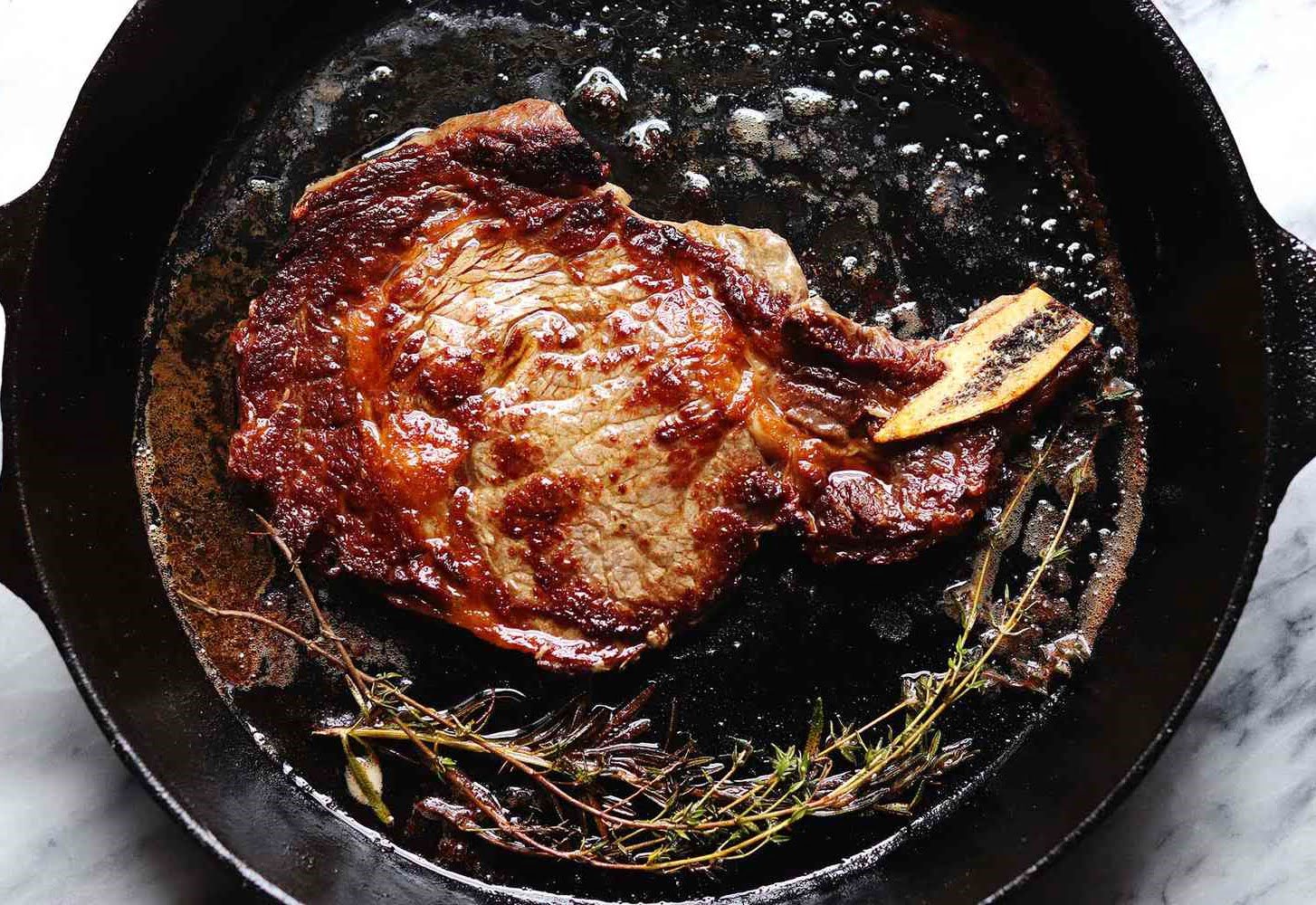
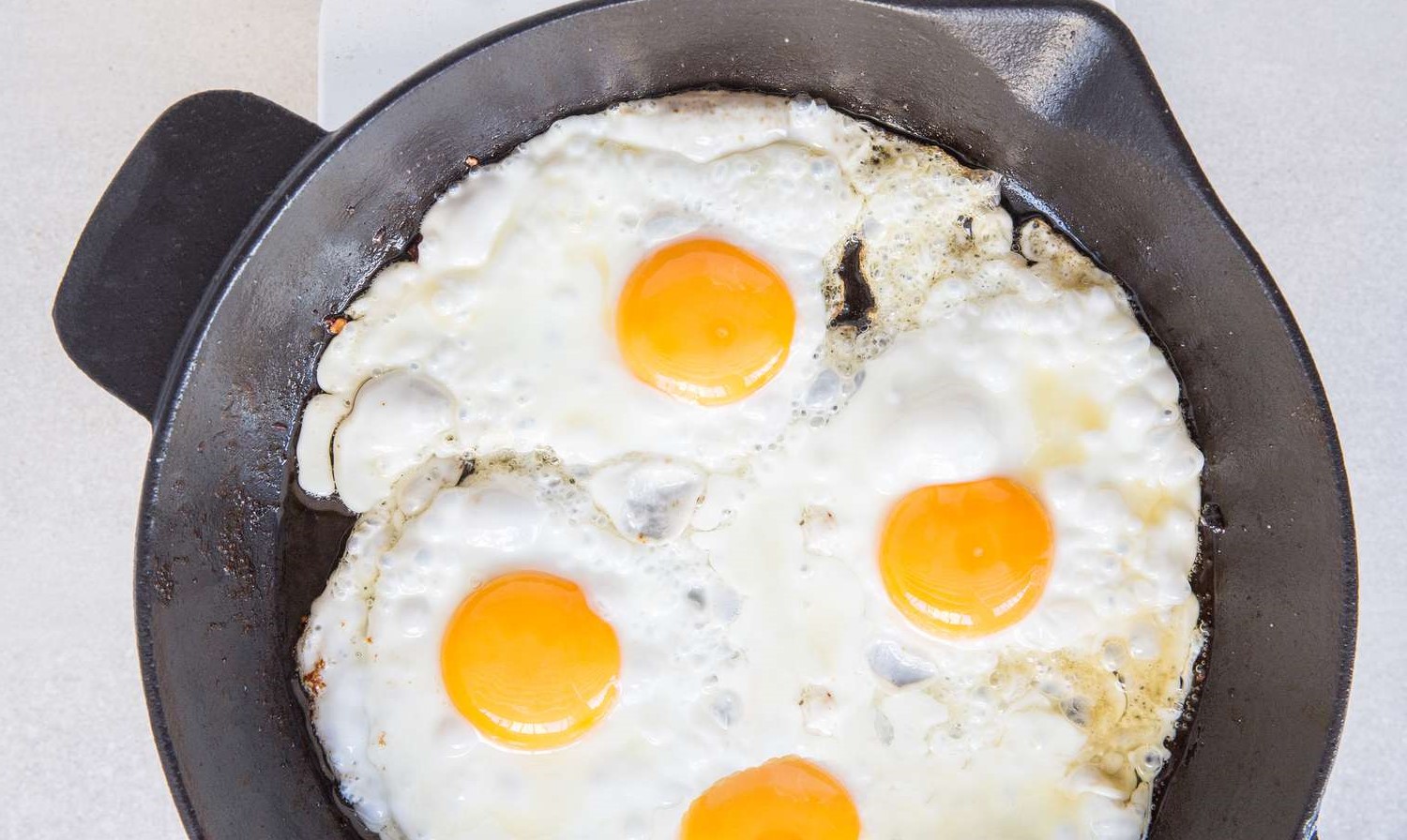

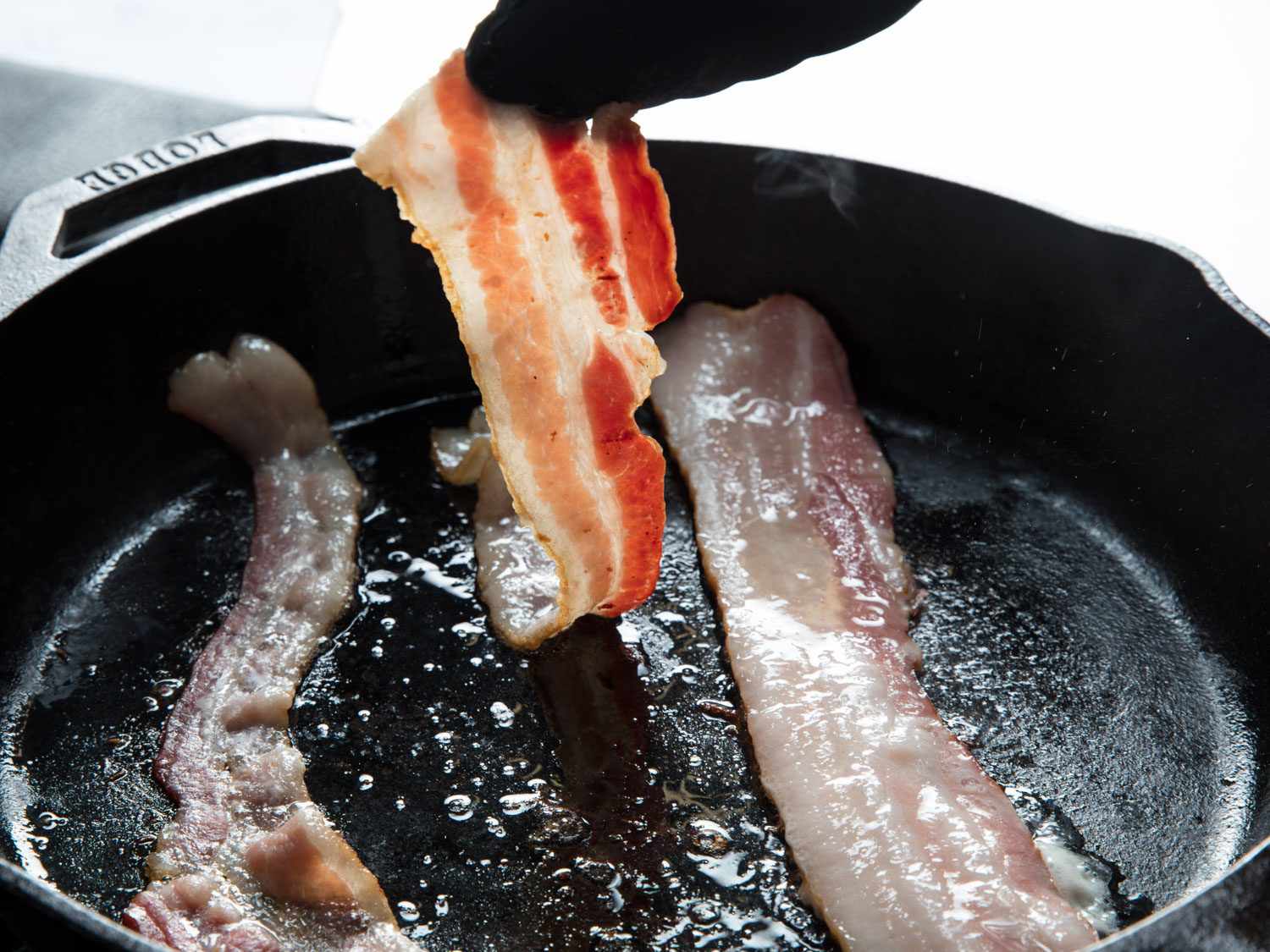
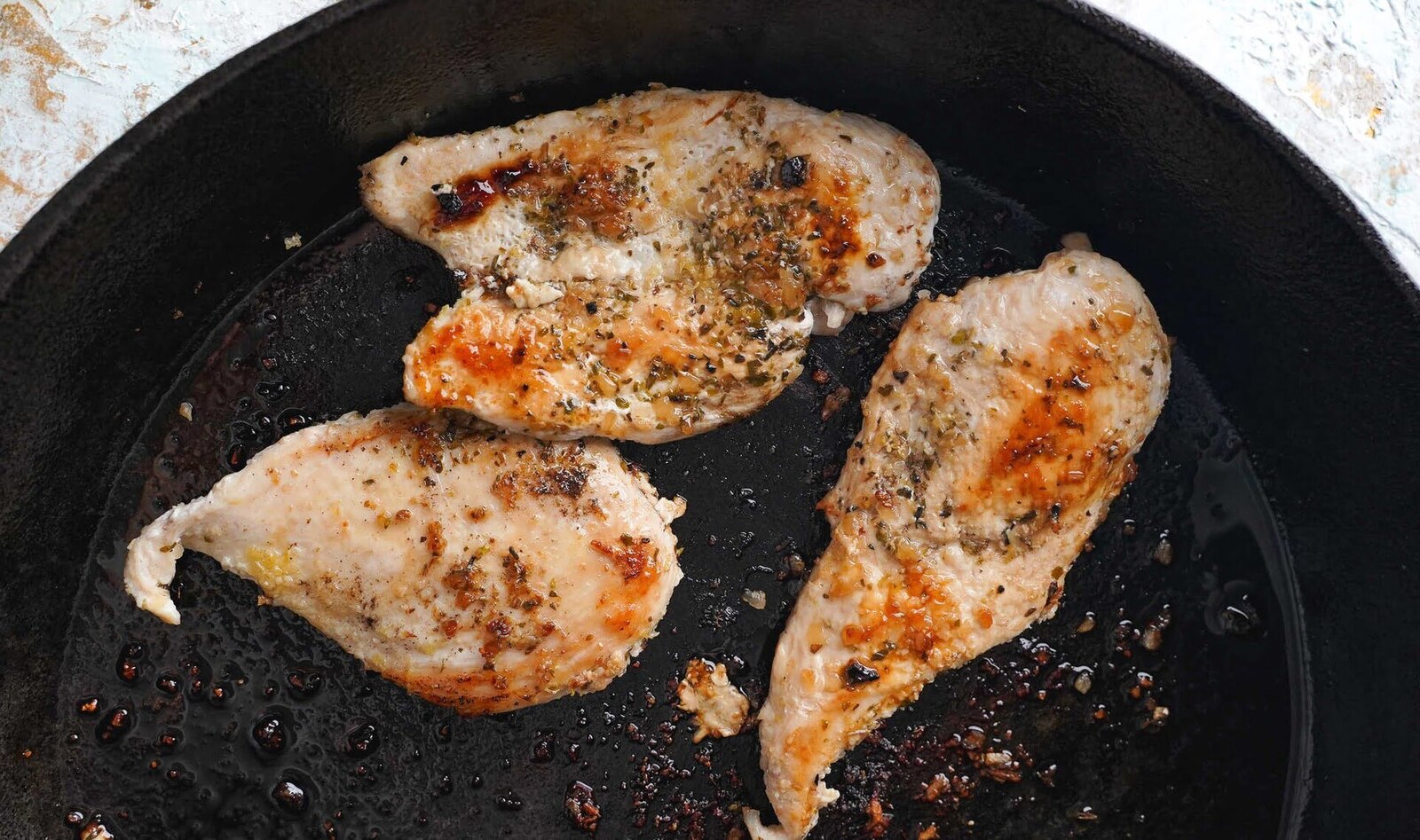
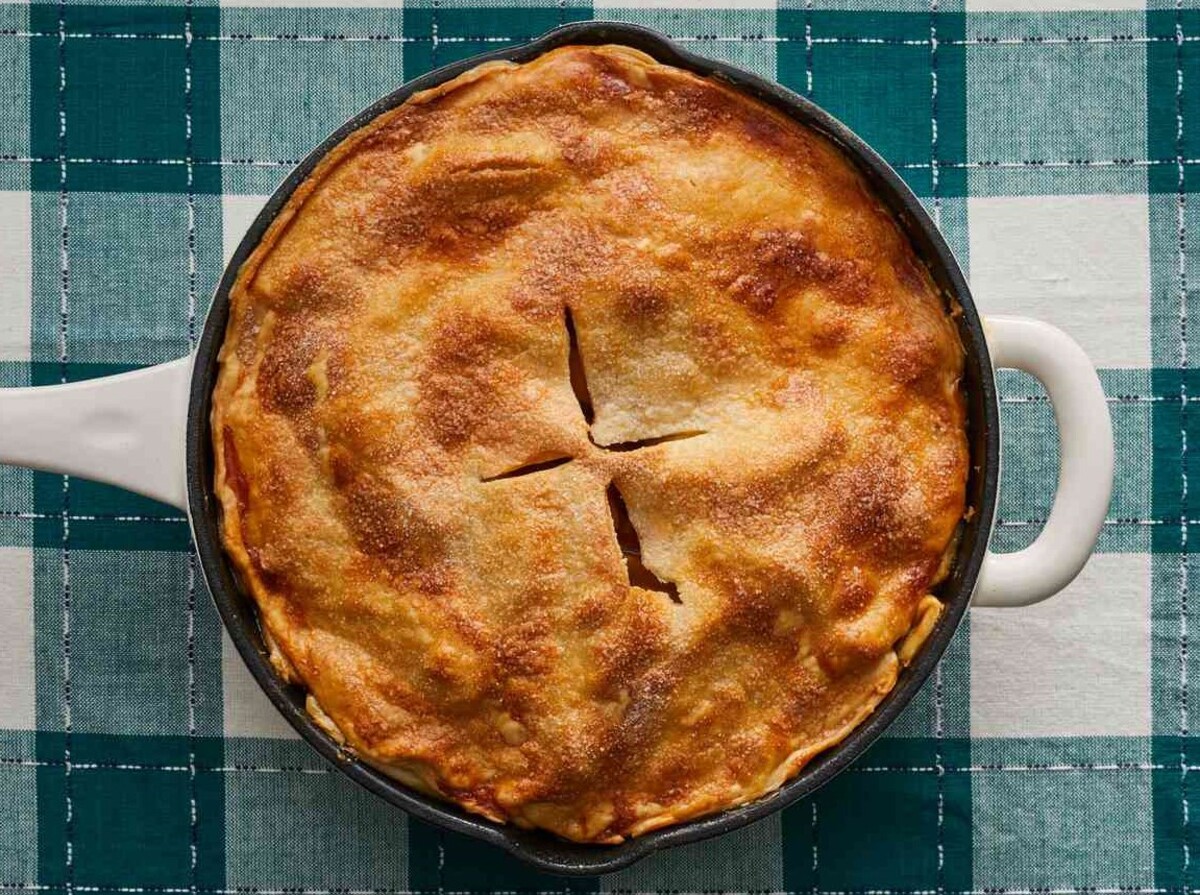
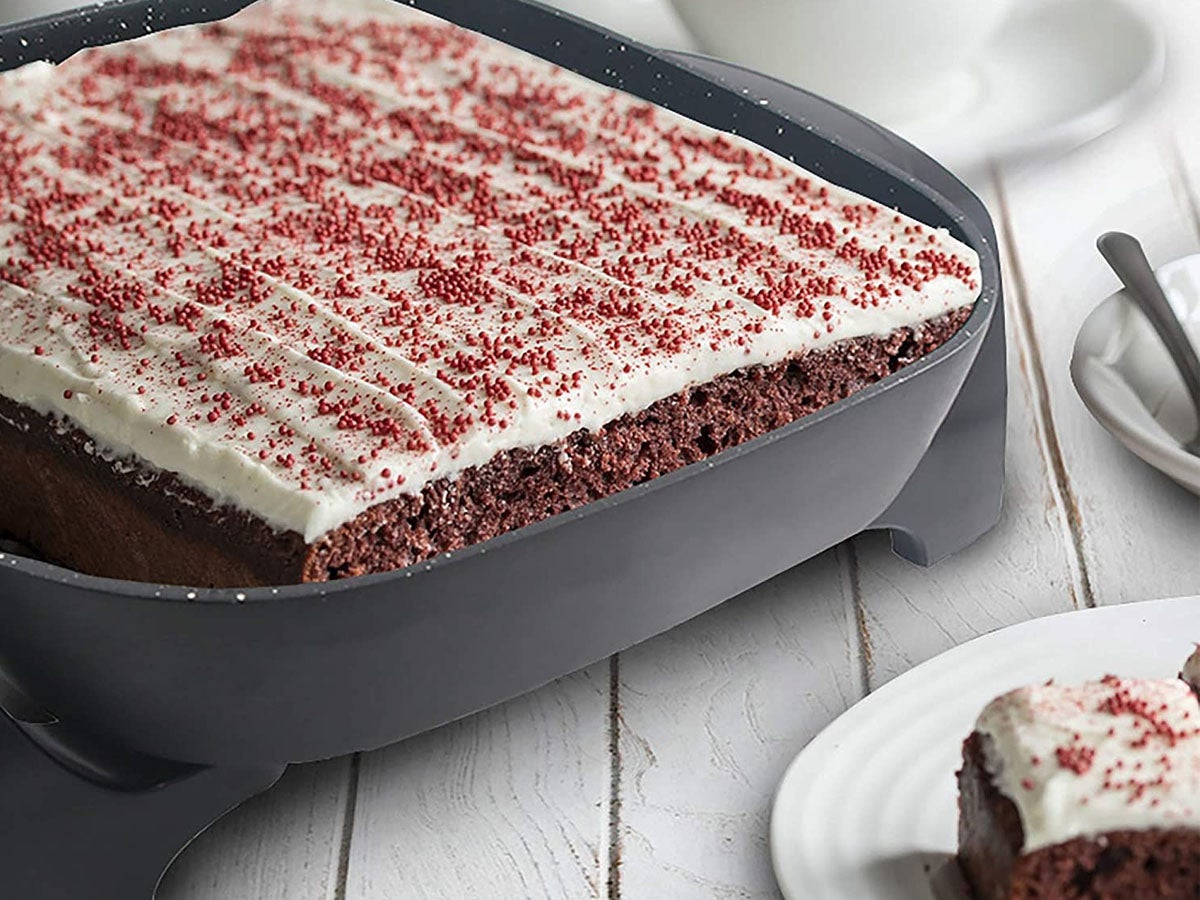
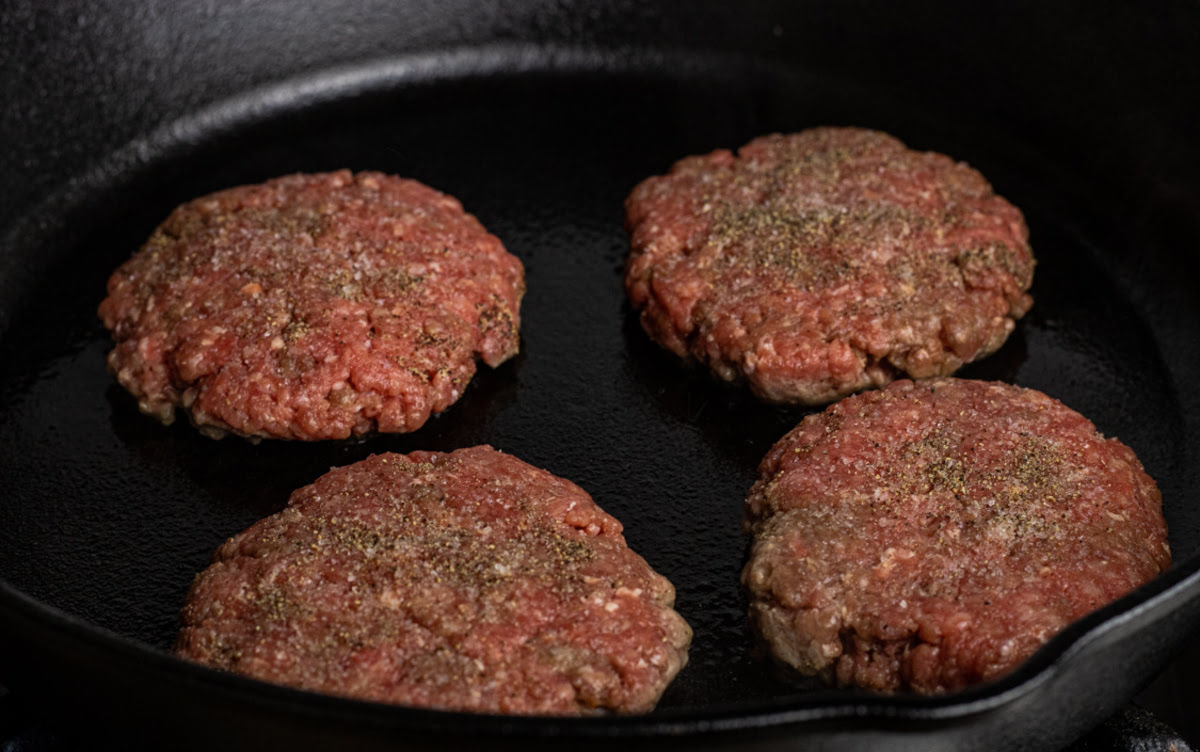
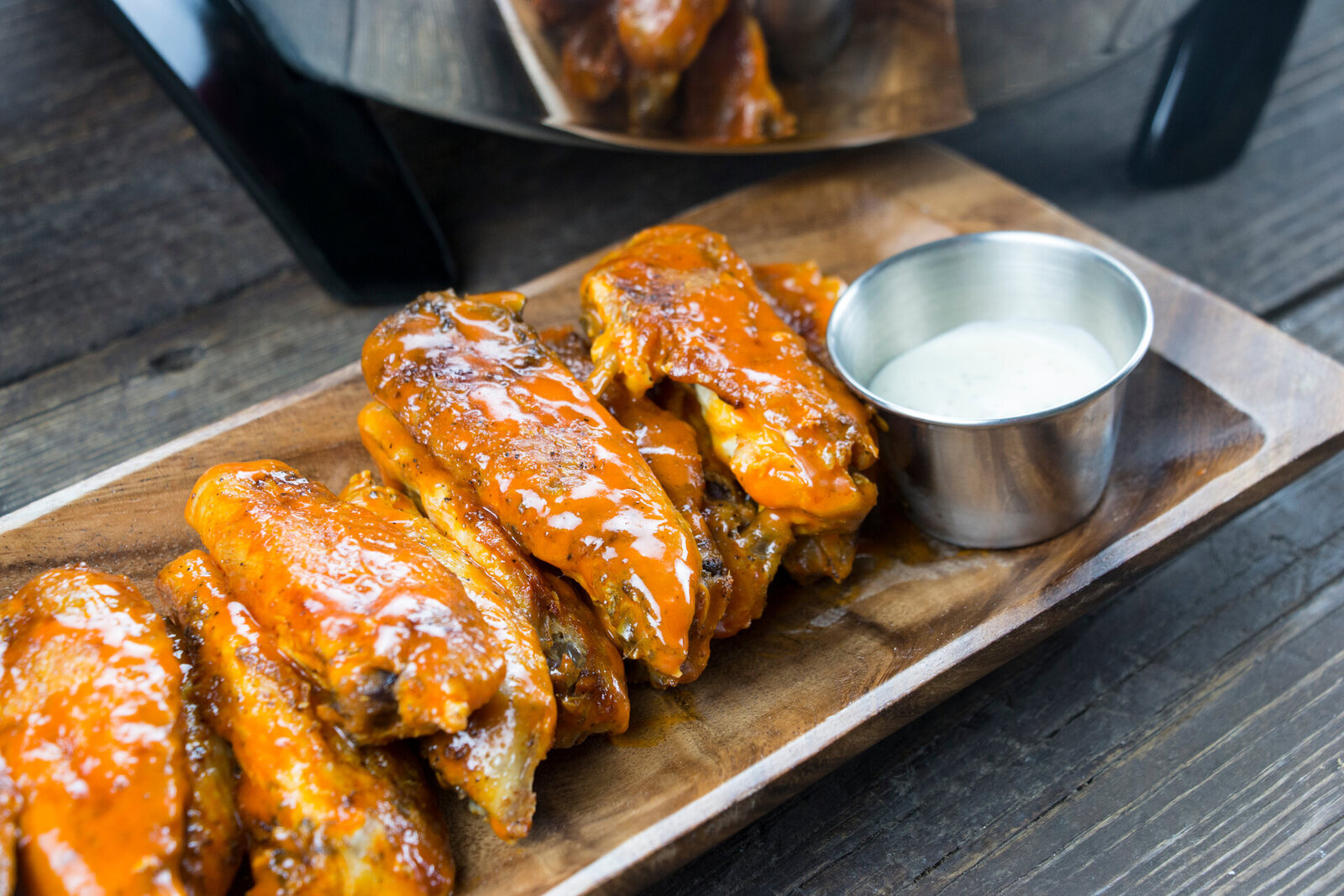

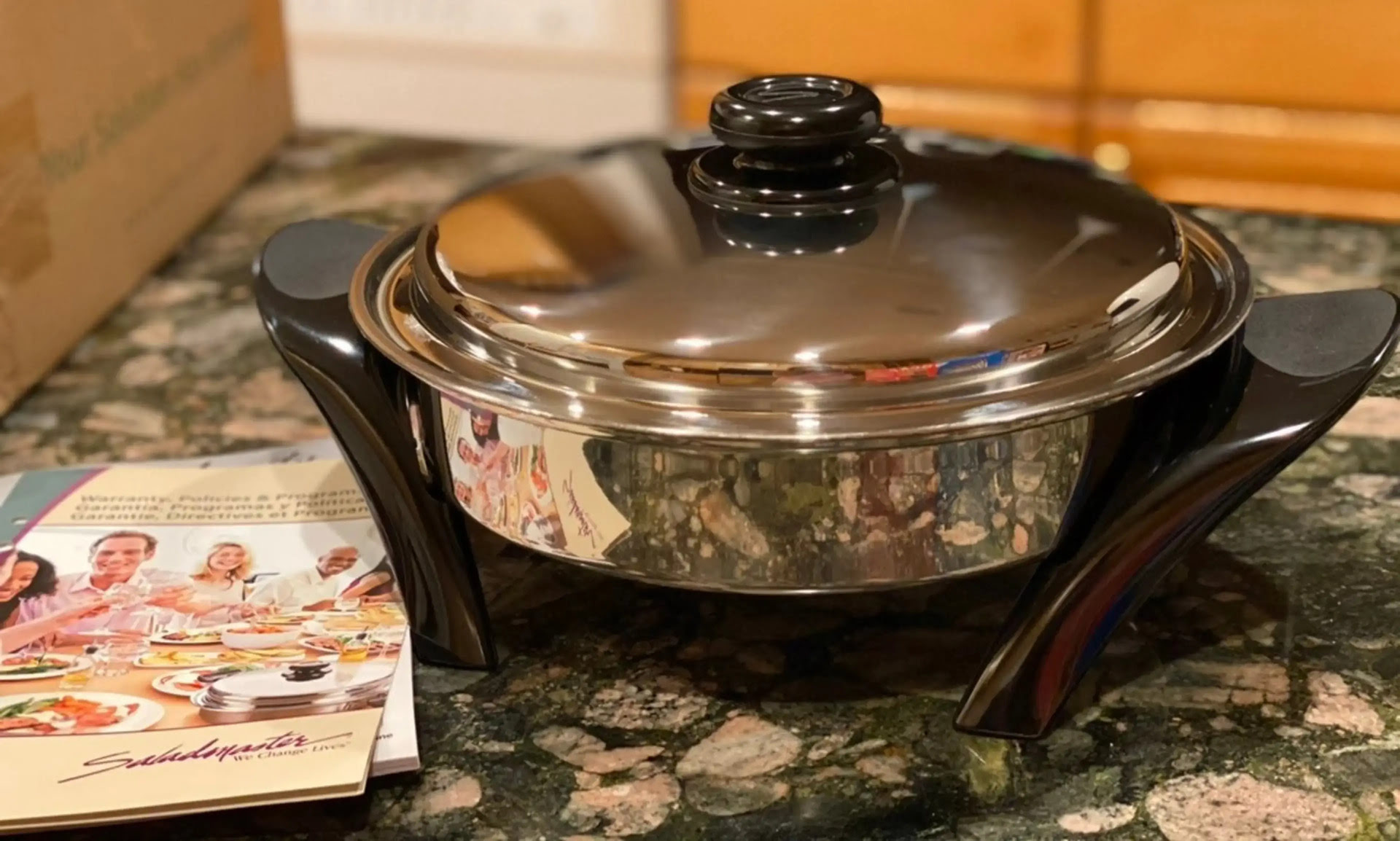
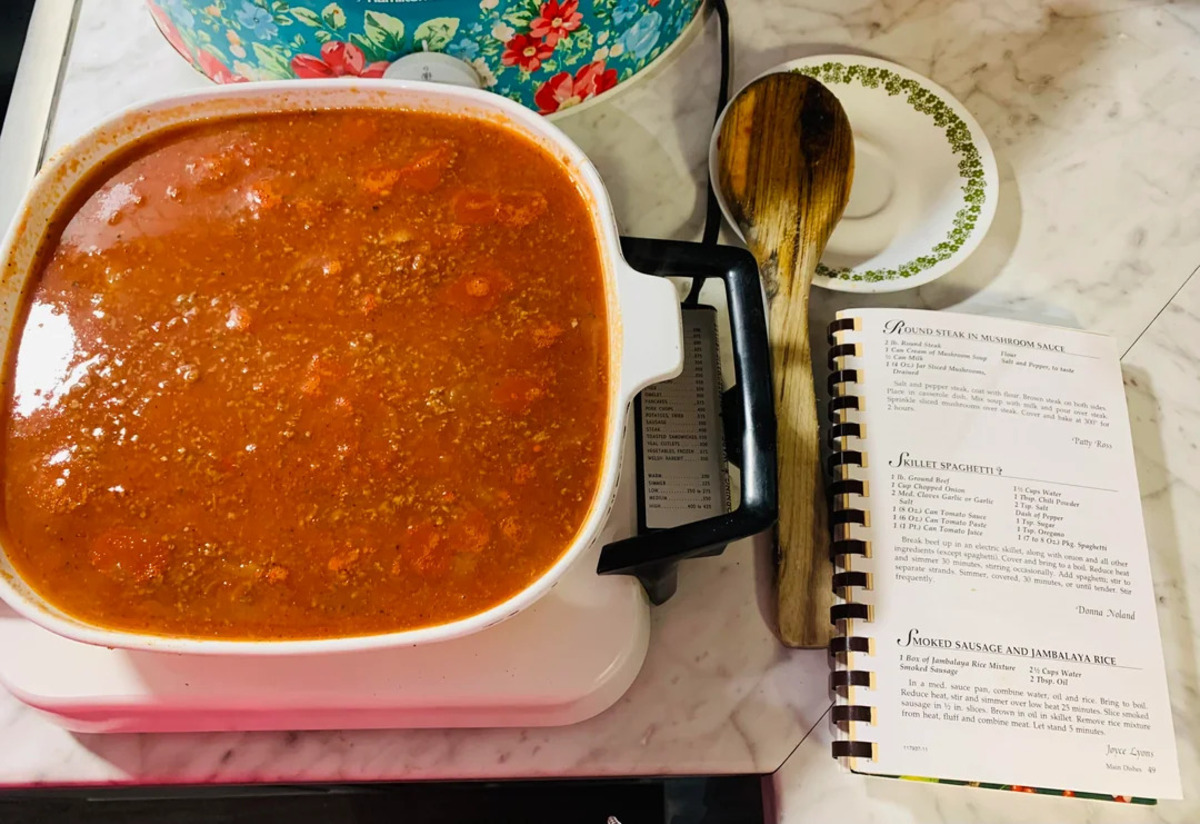

0 thoughts on “How To Cook Lingua In Electric Skillet”